
Death is inevitable, it is inescapable. Every organism that is born will eventually die. No one is here on the planet permanently. It is unavoidable and fascinating at the same time. Do you know? People on deathbed often find ‘regret’ as the recurring emotion of their existence. Regret is subjective and open to various interpretation. Anyways, if you have thought about death, here are 20 astonishing facts to think about!
Corpses on Mount Everest
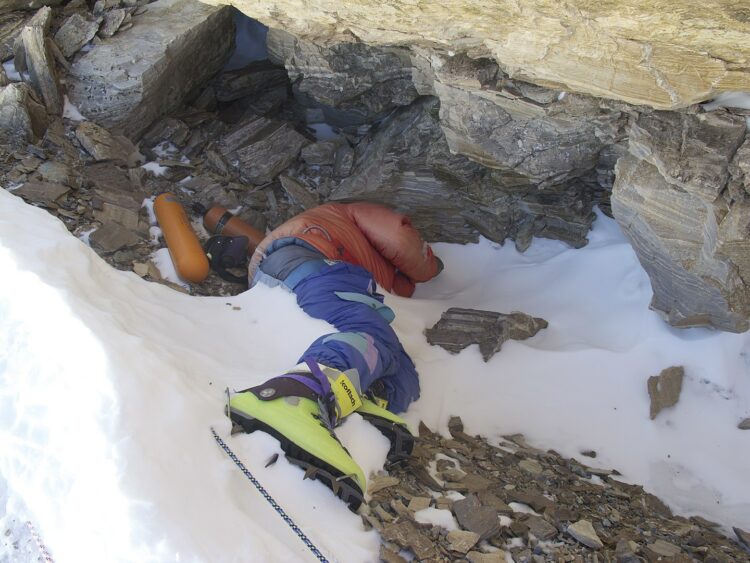
The highest mountain in the world is increasingly becoming the highest burial ground in the world as well. Per some estimates, it is suggested that there are around 200 frozen corpses on the Mount Everest. People who perish on their journey to summit the mountain are left there because it is not possible to transport a body about 20,000 feet down without putting the rescuers in danger.
Death Row Phenomenon

To be hanged till death was a common judicial sentence even a few decades back. Studies conducted on prisoners sent to death sentence to understand their emotional and mental state right before their death have been called the ‘death row phenomenon’. Many prisoners reported feeling a sense of calm and peace, and most importantly, an acceptance of their fate right before facing death.
Tardigrades
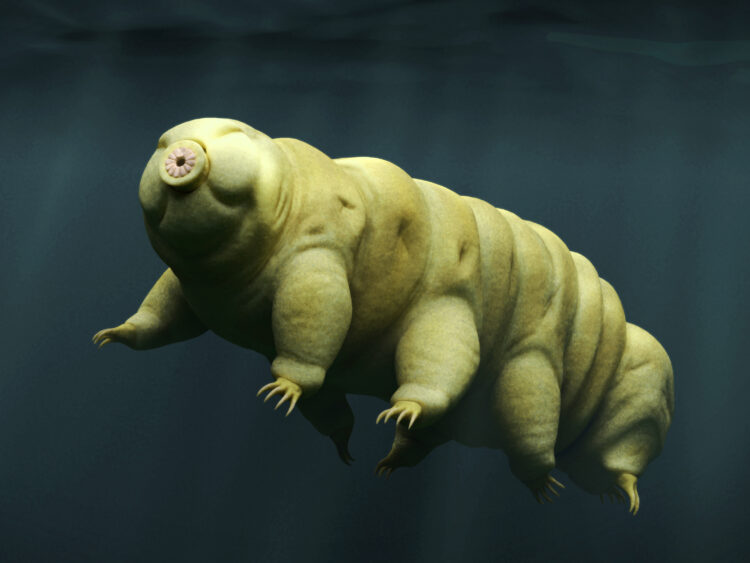
Tardigrades are one of the most resilient creatures of our planet. They can survive the most extreme of environments, but they eventually die from aging. They can even withstand radiation but they are not immortal. They do age and die when the time comes. You see, no one is immortal on this plane of existence, no matter how resilient they are!
Laughing at Funerals

Funerals are a sad and somber event in anyone’s life. The loss of losing a loved one is unfathomable and irreversible. In some cultures, though, death is perceived as a celebration of life, which is why people are encouraged to find moments of laughter and joy among grief, to give the departed a peaceful send away into the afterlife.
Brain Functioning

Our human brain does not stop functioning instantly after our pulse stops working. We now know that the brain cells remain active and functioning for a few hours after death. To make it clearer, the overall activity of the brain stops immediately after death, just that some cells remain functioning for some more time, and gradually stops working.
Our Auditory Senses

Like our brain survives for some more time, research shows that our auditory senses are the last to leave us at the time of death. While the other organs cease to function immediately, our acute sense of hearing remains active for some time. Previously, it was believed that we lose our vision the last, but it turns out that we lose our sense to hear last.
The 27 Club

What does Amy Winehouse, Jimi Hendrix, Kurt Cobain, Janis Joplin, and Jim Morrison (among others) have in common? They belong to an informal group of musicians, artists, actors, and other celebrities who died at the age of 27, due to various reasons such as drug overdose, alcohol abuse, accidents, suicide and homicide. These occurrences gave rise to the urban myth of ‘The 27 Club’ with the idea that 27 is the age when most celebrities die.
Dead or Hibernating

Nature has bestowed animals with capabilities that we can only wonder about in awe. One of them is where animals hibernate in a way that they appear dead, only to revive themselves later when environmental conditions improve. For example, the ground squirrels of the Arctic region go into death-like state of hibernation during extreme cold and revive themselves once the temperatures rise.
Pace of Decomposition

We humans begin to decompose within a few minutes after leaving our earthly abode. The bacteria within us begins to break down our tissues and cells, causing visible change in our bodies within a few hours. Perhaps this is the reason why cultures across the planet developed processes to cremate or bury dead bodies within a shorter span of time.
Cotard’s Delusion

The Cotard’s delusion is a medical condition or a nihilistic syndrome where a person begins to believe that their organs are dying or dead, that they are already dead, that their body is devoid of any blood, or that they do not exist altogether. It is a rare mental disorder where a large number of patients have shown a firm belief that their condition makes them immortal.
Posthumous Gas

Few myths around ghostly experiences can be easily dispelled if people were more aware about the human anatomy. When our bodies begin to decompose, gases like hydrogen sulfide and methane are created. The body then releases these gases, causing any onlooker to feel as if the body is moving or it is making sounds, which is enough to scare anyone unaware of how human bodies decompose.
Death Café

The first Death Café event happened in 2004. Since then, the event has caught on in many other countries. What is it? It is an informal event where people gather in a café to talk about death over food and drinks! Specifically, it is not a place where people go to receive grieving support over the loss of a family member. Rather, it is kind of a ‘club’ where people discuss death.
Clinical Death vs Brain Death

You might have come across movies where doctors plug off the life support system and declare the person clinically dead or a situation where a person is pronounced brain dead, specially in comatose patients. Both circumstances are not same, even though layperson might understand it so. Clinically dead means the lung and heart of the person has stopped functioning whereas brain dead means the person’s brain activities have irreversibly stopped.
Removing Taboo Around Death
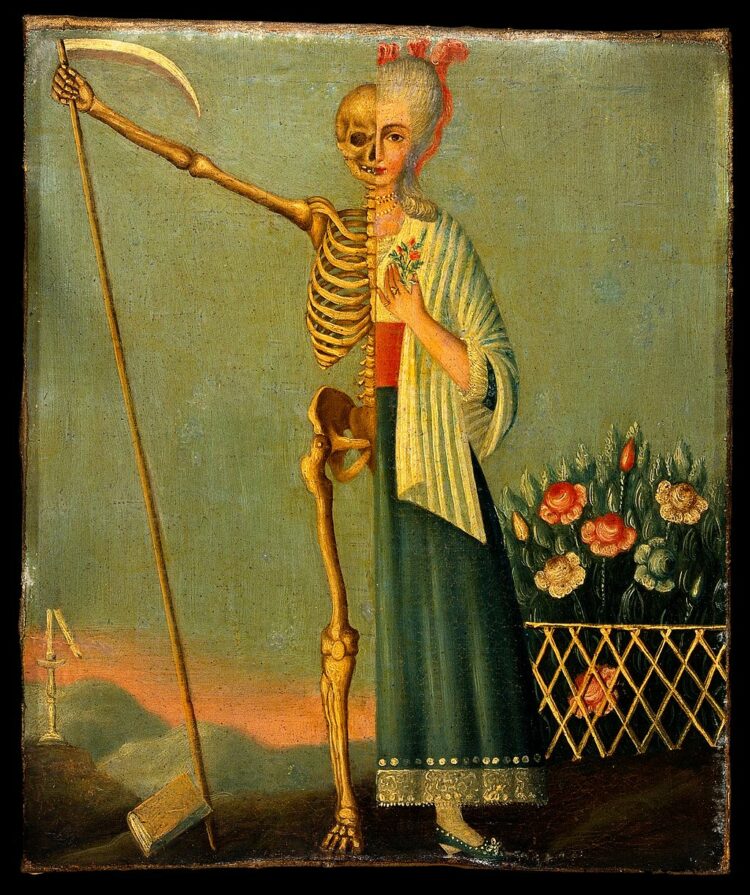
Talking about death is often a taboo is various cultures. There is a stigma surrounding it where people consider it insensitive and ominous to talk about death before it happens. There is a rising ‘death positive movement’ which advocates to have a more accepting attitude towards death. It aims to enable people to talk about mortality openly and encourage them to plan their end-of-life care.
Near-Death Experiences
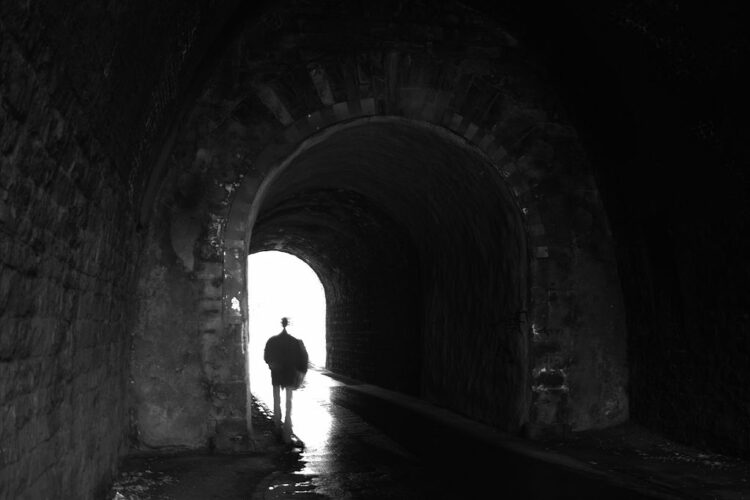
Also known as Out-Of-Body experiences, these are experiences where an individual journeys through what feels like dying but they do not die in actuality. This is common seen in accident victims or individual who experienced trauma. They report seeing a white light or a bright light, and their soul is being guided through this brightly lit tunnel of sorts. You can find dedicated social media groups that deep dive into such experiences.
Mummification
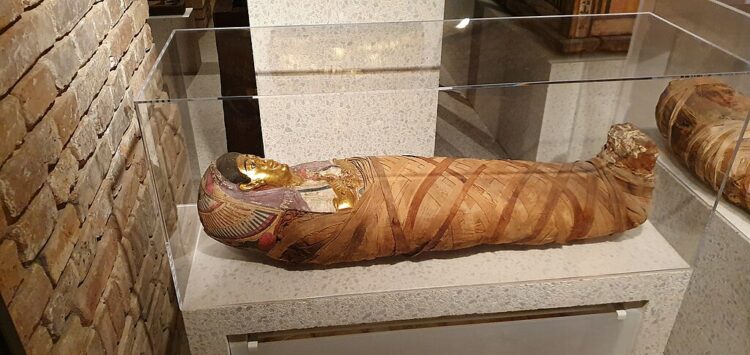
Egypt comes to mind when we hear the word ‘mummification’. However, it is not just the Egyptian culture that learned to preserve their dead for posterity. There are various cultures around the globe that have been involved in multiple kinds of mummification since time immemorial. Apart from the ancient Egyptians, you have the pre-Columbian South American cultures like the Incas, people of the Canary Islands, and even the Chinese that practiced mummification.
Rituals of Death

Human societies thrive on its cultural and religious practices, and rituals surrounding death have played a major role in how we honor our ancestors and bid them goodbye. Death rituals like mourning practices, funeral customs, and burial rituals vary with every culture and religious practices. Some cultures also believe in the existence of an afterlife for the departed souls.
Organ Transplantation
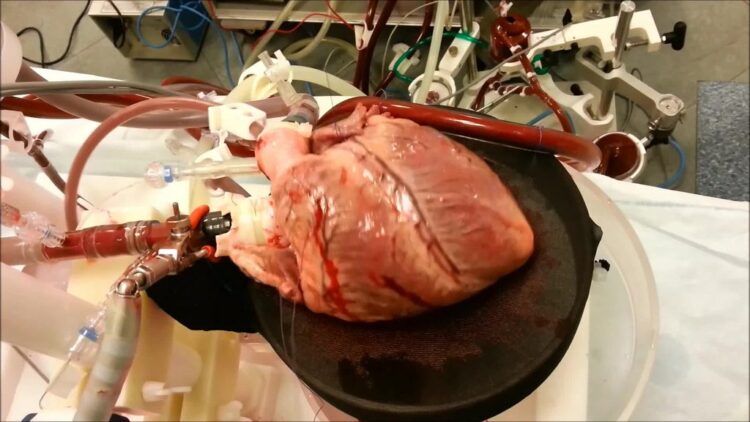
As mentioned earlier, the human body begins to decompose few minutes after death, which makes it crucial for medical care professionals to harvest and preserve organs for transplantation in due time. Precise timing, adequate environment, and proper transportation setups are important to harvest and transfer organs for the benefit of another human.
Digital Afterlife

Digital innovations are extending to the afterlife as well! It is not only today possible to leave a digital legacy behind but also enjoy a posthumous online presence beyond death. Few companies are pioneering the concept of digital afterlife to enable us to continue to ‘live’ among our families and friends. While some question the legitimacy of this digital footprint, other are adopting it swiftly as well.
Cryonic Preservation

Humans have been obsessed with the idea of immortality since antiquity. In modern times, there are scientific studies that deep dive into bringing people back from the dead! As per 2022-2023 data, there are about 500 people who decided to preserve themselves cryonically after demise, of course, with the hope of coming back to life in the future. Out of these, around 300 people are in the US, 100 in Europe, 50 in Russia, and some are even pets!

Comments
Loading…